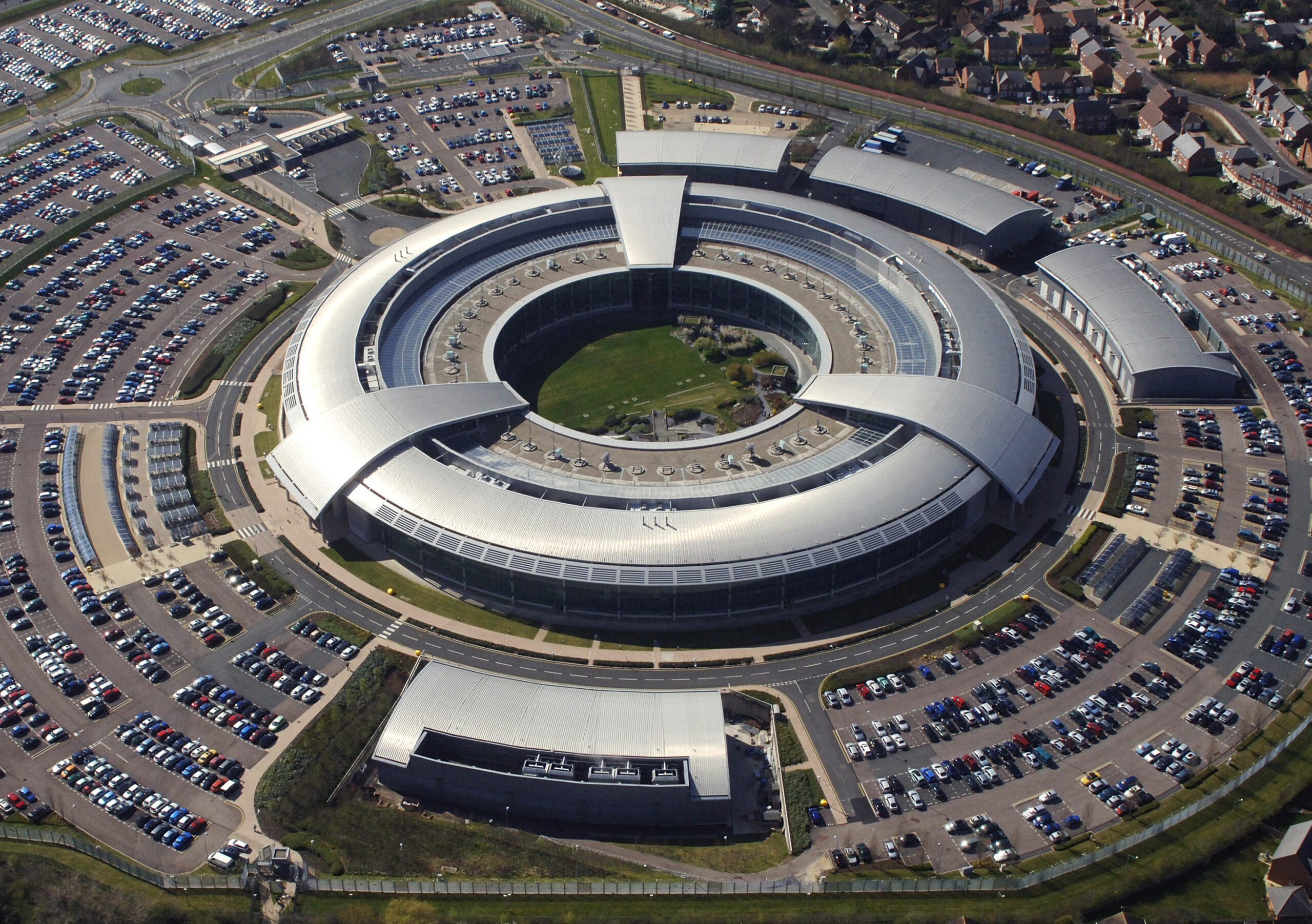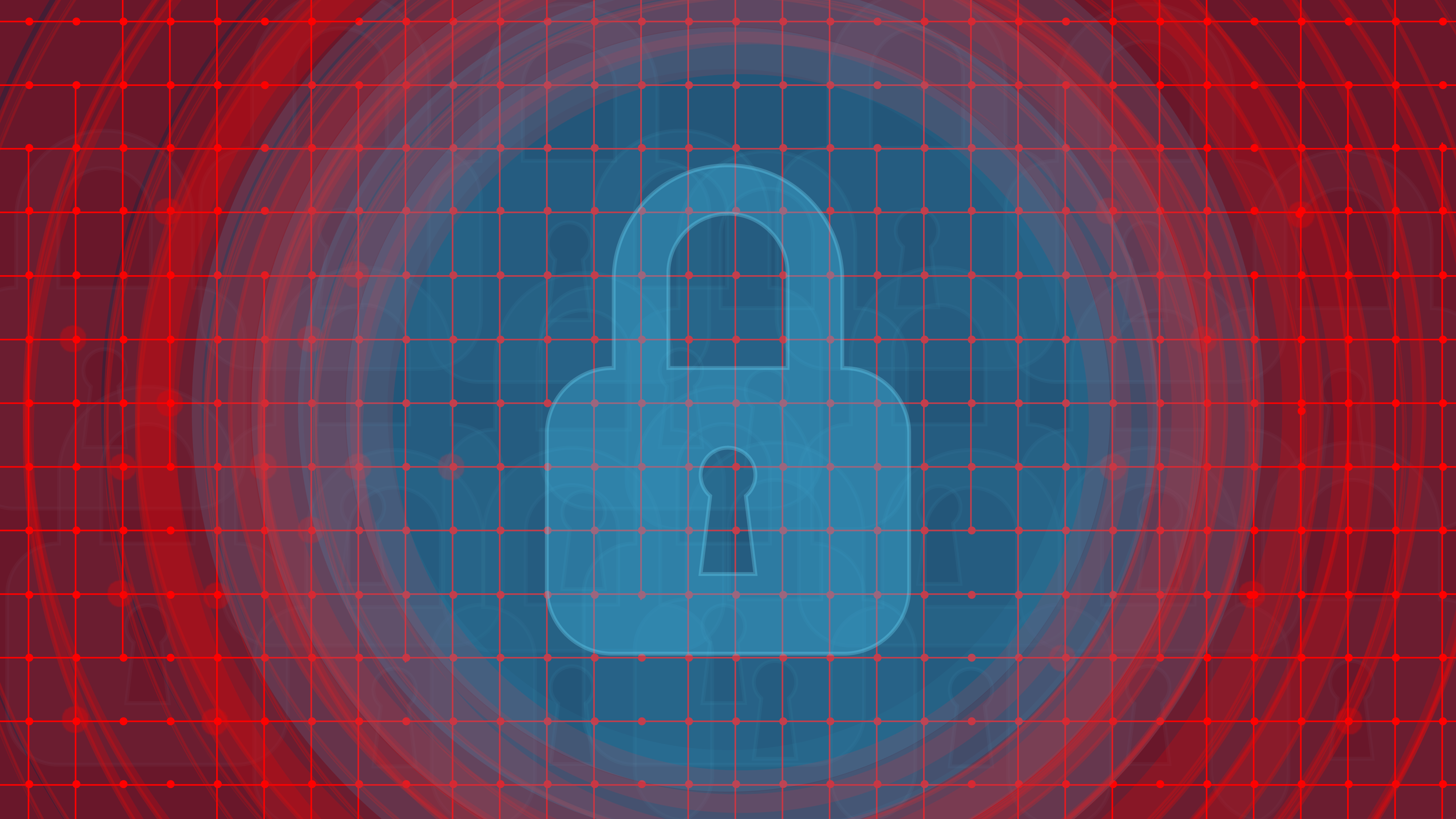MoD invests £4.5m in space technology designed to help monitor and combat modern threat environment
Credit: Chris Ison/PA Archive/PA Images
The Royal Air Force has launched a satellite into space to send images and video back to Earth – and potentially directly to its pilots while they are in flight.
The Carbonite-2 satellite was recently launched from Sriharikhota in India, and is now in orbit. It is providing HD video and high-resolution still imagery using “off-the-shelf telescope and an HD video camera… which have been adapted for a space environment”, the government said.
The satellite’s cameras can capture 5km stretches of sky and earth. The data it provides will help monitor and potentially respond to the diverse range of threats posed by the modern world, according to defence minister Guto Bebb.
Related content
- How the UK Space Agency is improving public services from the exosphere
- MoD pledges to ‘put science and technology at the core of our Armed Forces’
- Government backs space technology sector with £100m investment in testing facilities
“The success of this satellite shows we are looking far beyond the skies when it comes to defending our country. We live in an increasingly dangerous world, and satellite technology like this gives our armed forces the extra advantage of quick video surveillance to keep us safe from a range of future threats, whether that’s an airborne terror attack or a troop of tanks closing in on a foreign border. Investing millions into Britain’s most innovative companies is helping us propel the UK forward in the space domain.”
The Ministry of Defence spent about £4.5m on the eight-month project to develop Carbonite-2, on which it worked with Guildford-based specialist firm Surrey Satellite Technology. The spacecraft weighs about 100kg and is “roughly the size of an average household washing machine”, the MoD said.
Chief of the Air Staff, Air Chief Marshal Sir Stephen Hillier said: “We have always been at the leading edge of technology, constantly innovating and expanding our horizons. This satellite will not only expand further the RAF’s growing air and space capabilities, it will I hope also be an inspiration to those young people looking towards technology as a way to realise their potential.”



